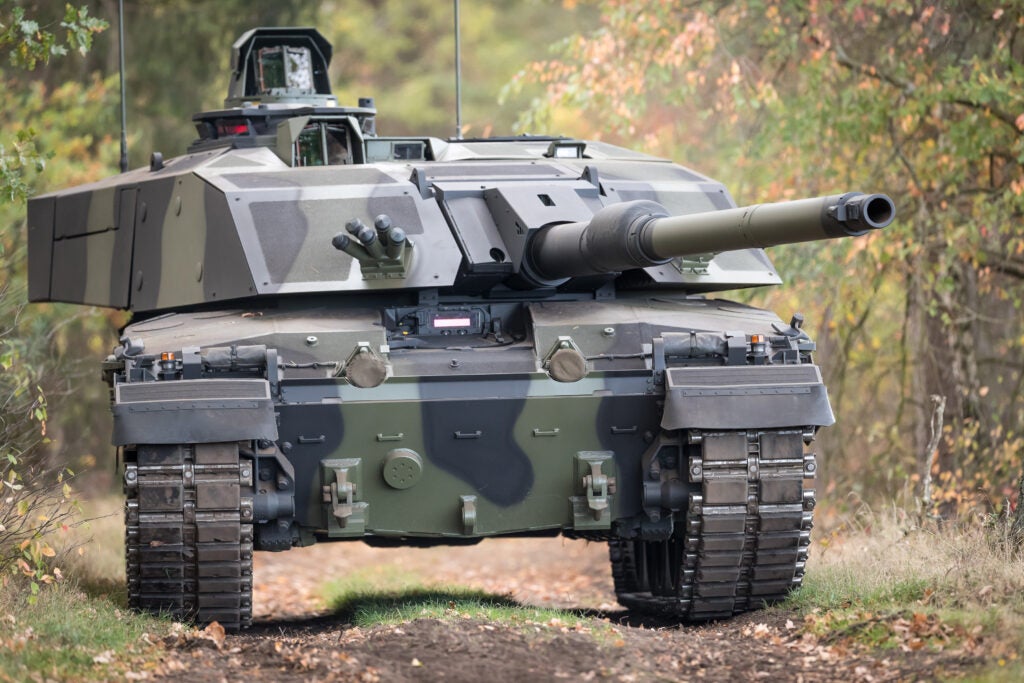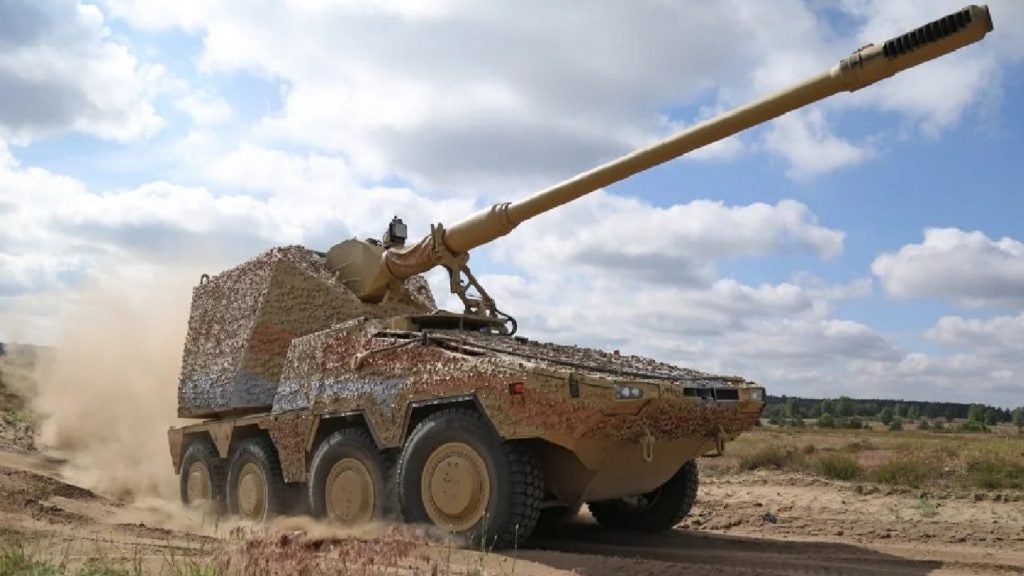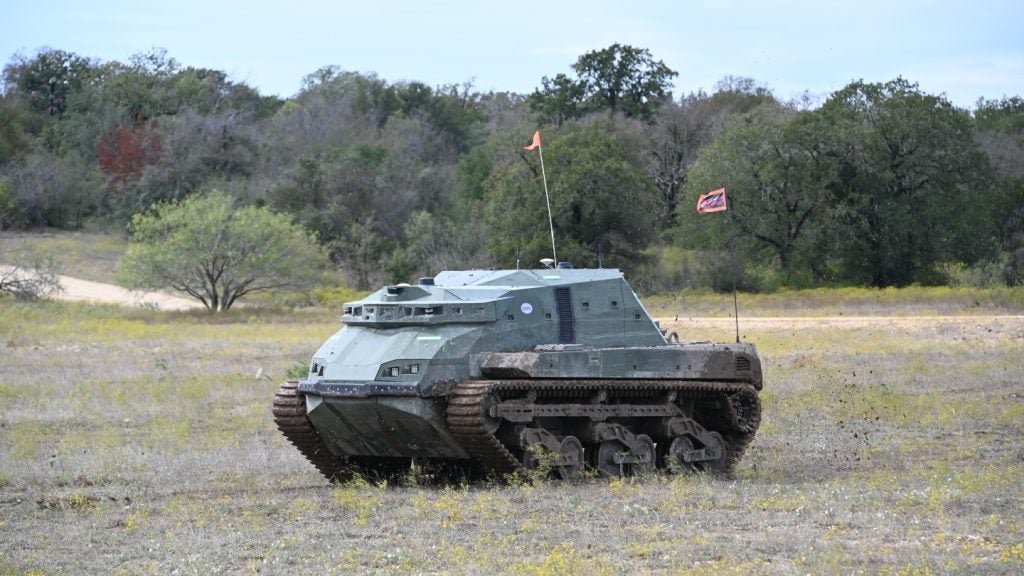
The US Army is set to introduce an autonomous airdrop system to supply troops with equipment at remote locations.
The Joint Precision Airdrop System (JPADS) is the result of research by the US Army Natick Soldier Research, Development and Engineering Center (NSRDEC).
Optimised by Draper, the system uses image data to navigate drops to a pre-selected location.
Draper’s JPADS software is expected to transport the cargo without the need for GPS signals.
Draper JPADS programme manager Chris Bessette said: "This is a huge step forward for aerial resupply. The guided airdrop system is keeping US forces from the danger that has killed thousands of their fellow troops.
See Also:
"By enabling the system to operate using imagery alone when dropped as high as 25,000 feet above mean sea level and upwards of 20 miles away from the target depending on winds, we can ensure that JPADS is even more versatile so troops receive supplies like fuel, ammunition, food, and water in the safest manner possible."
How well do you really know your competitors?
Access the most comprehensive Company Profiles on the market, powered by GlobalData. Save hours of research. Gain competitive edge.

Thank you!
Your download email will arrive shortly
Not ready to buy yet? Download a free sample
We are confident about the unique quality of our Company Profiles. However, we want you to make the most beneficial decision for your business, so we offer a free sample that you can download by submitting the below form
By GlobalDataThe new improved JPADS combines navigation and timing algorithms to provide highly accurate, long-lasting navigation solutions.
During testing in Arizona, US, JPADS were dropped from planes, and immediately determined their location using optical sensors that compared local terrain with commercial satellite imagery.
Draper is currently developing the system to address limitations such as cloud cover, which disrupts its ability to correlate vision sensor inputs with satellite imagery.
The technology could be used to help guide military free-fall paratroopers and unmanned aerial vehicles (UAV).
Image: A JPADs pallet lands on target. Photo: courtesy of US Army.







